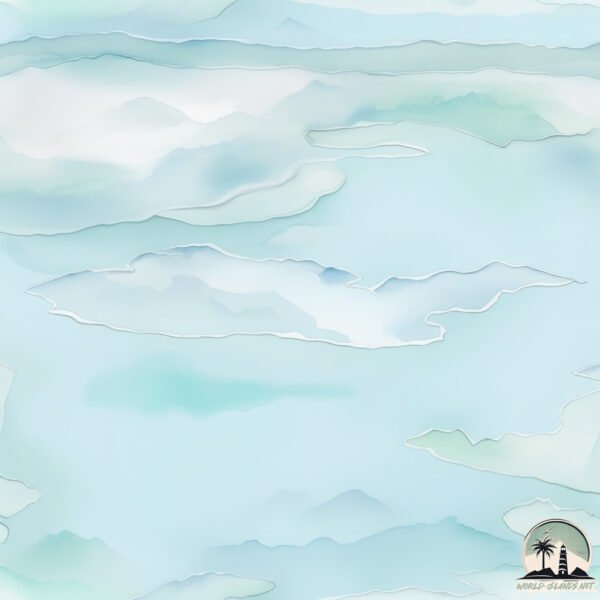Welcome to Lindhards , a Polar island in the Greenland Sea, part of the majestic Arctic Ocean. This guide offers a comprehensive overview of what makes Lindhards unique – from its geography and climate to its population, infrastructure, and beyond. Dive into the details:
Geography and size of Lindhards
Size: 105.3 km²Coastline: 64.8 kmOcean: Arctic OceanSea: Greenland SeaContinent: North America
Lindhards is a Large Island spanning 105 km² with a coastline of 65 km.
Archipel: –
Tectonic Plate: Australia – A major tectonic plate covering Australia, New Zealand, and parts of the Indian and Pacific Oceans, known for its relative stability and occasional seismic activity.
The geographic heart of the island is pinpointed at these coordinates:
Climate and weather of Lindhards
Climate Zone: PolarClimate Details: TundraTemperature: Cold
Climate Characteristics: The tundra climate features long, extremely cold winters and short, cool summers. Vegetation is limited to mosses, lichens, and small shrubs due to the low temperatures and short growing seasons. Biodiversity is low, but some specialized species thrive.
Topography and nature of Lindhards
Timezone: UTC±00:00Timezone places: America/DanmarkshavnMax. Elevation: 274 m Mean Elevation: 133 mVegetation: Snow and Ice CoveredTree Coverage: 16%
The mean elevation is 133 m. The highest elevation on the island reaches approximately 274 meters above sea level. The island is characterized by Hills: Gently sloping landforms with rounded tops, having a maximum elevation between 200 and 500 meters. Hills contribute to a varied landscape on islands.
Dominating Vegetation: Snow and Ice Covered
Vegetation: 3 vegetation zones – Moderately Diverse Island
Infrastructure and Travelling to Lindhards
Does the island have a public airport? no .
Does the island have a major port? no .
The mean population of Lindhards is 0 per km². Lindhards is Uninhabited. The island belongs to Greenland .
Continuing your journey, Andreas Lundager Ø is the next notable island, situated merely km away.
Gardens of Ventura County The Art City Stone Gardens with Paul Lindhard
please click the gray gear icon & select 360p for best quality viewing) - Join volunteer gardeners & local artists as they explain the ...
Gardens of Ventura County The Art City Stone Gardens with Paul Lindhard
please click the gray gear icon & select 360p for best quality ...
please click the gray gear icon & select 360p for best quality viewing) - Join volunteer gardeners & local artists as they explain the ...
Waiting For the Sun - Waiting For the Sun(1978)
Climbing the cliff at Jade Cove
Looking for treasure at Jade Cove along the west coast.
Looking for treasure at Jade Cove along the west coast.
Greenland is classified as Developed region: nonG7: Developed economies outside of the Group of Seven, characterized by high income and advanced economic structures. The level of income is High income: OECD.
News – Latest Updates and Headlines from Lindhards
Stay informed with the most recent news and important headlines from Lindhards. Here’s a roundup of the latest developments.
Loading...
Please note: The data used here has been primarily extracted from satellite readings. Deviations from exact values may occur, particularly regarding the height of elevations and population density. Land area and coastline measurements refer to average values at mean high tide.

